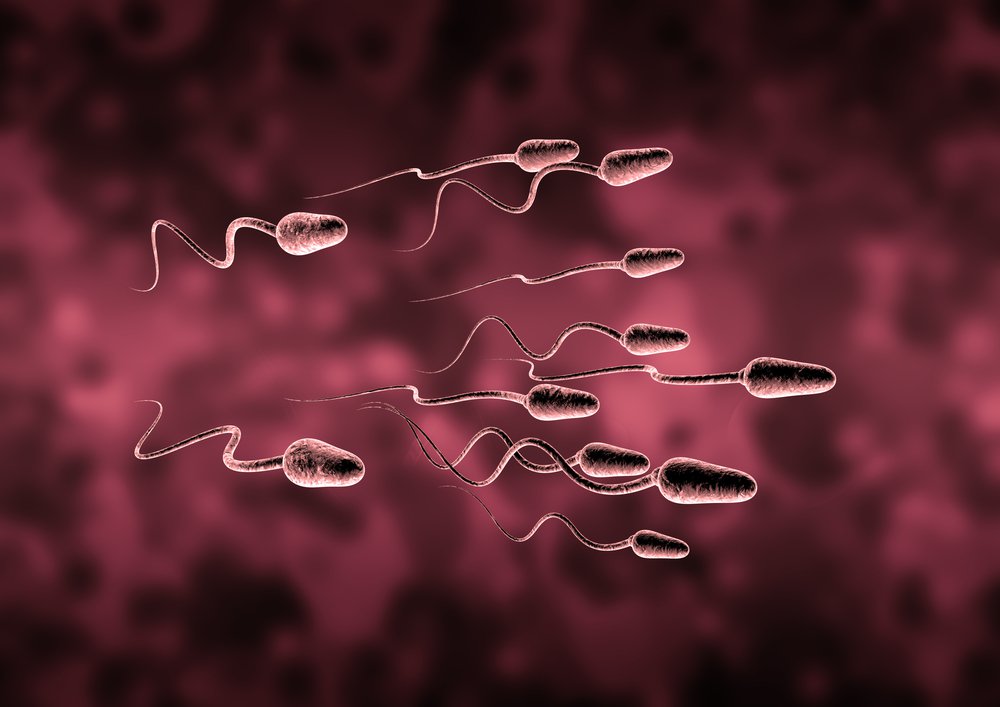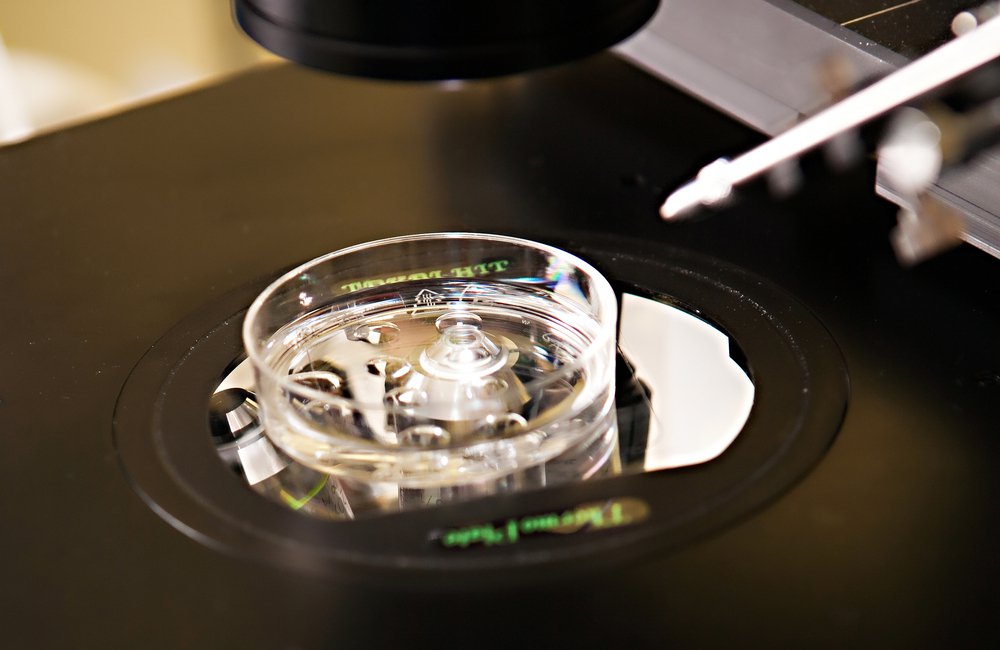Intrauterine insemination (IUI) is a fertility treatment that involves placing sperm inside a woman’s uterus to facilitate fertilization. The goal of IUI is to increase the number of sperm that reach the fallopian tubes and subsequently increase the chance of fertilization.
IUI provides the sperm an advantage by giving it a head start, but still requires a sperm to reach and fertilize the egg on its own. It is a less invasive and less expensive option compared to in vitro fertilization.


